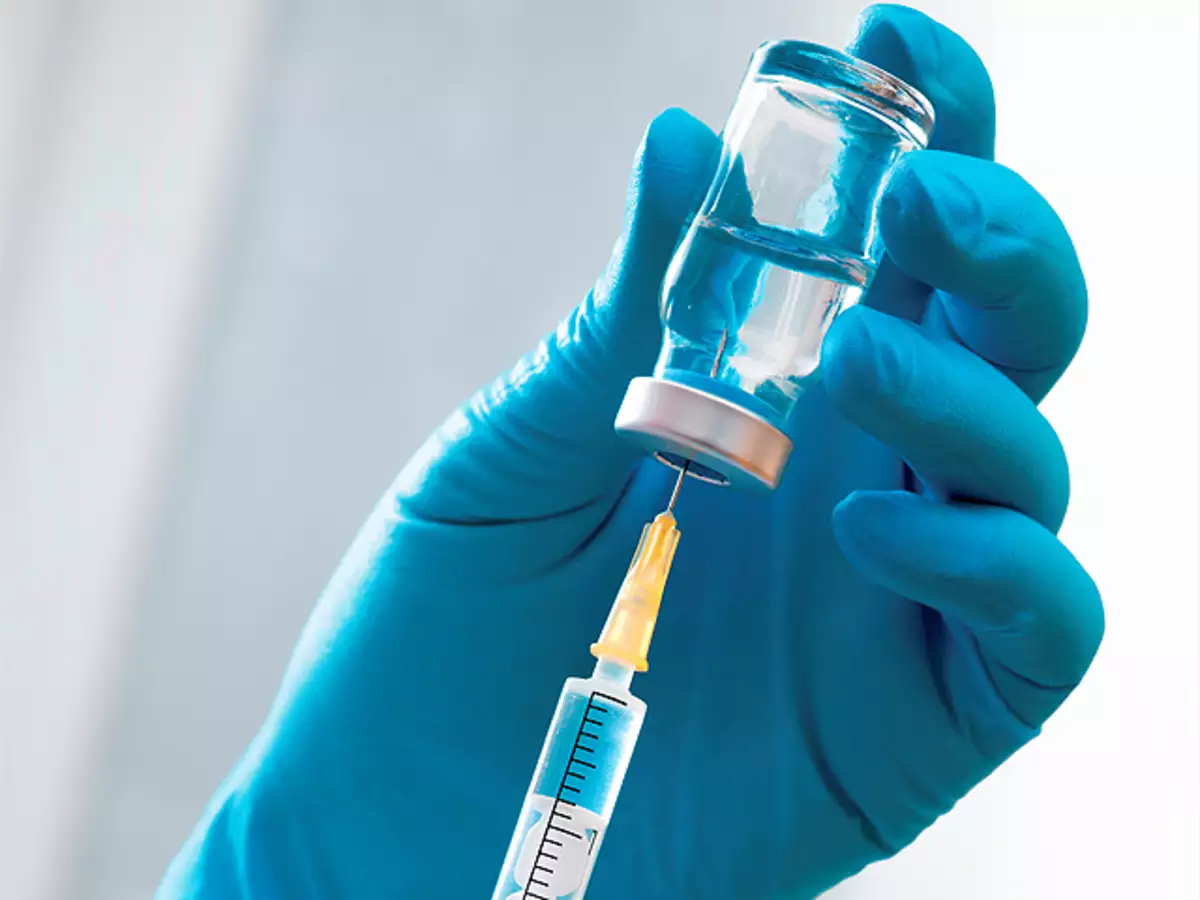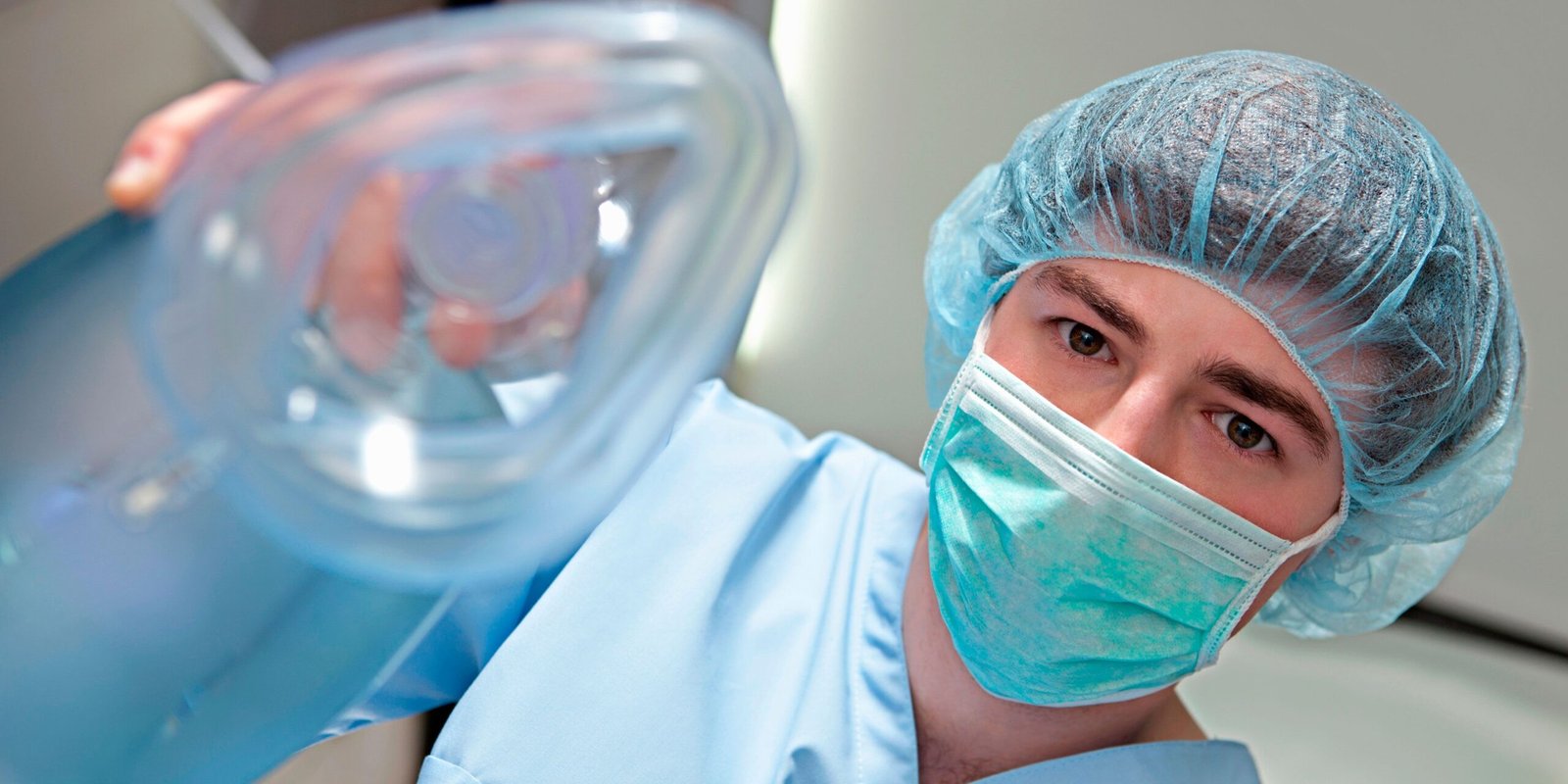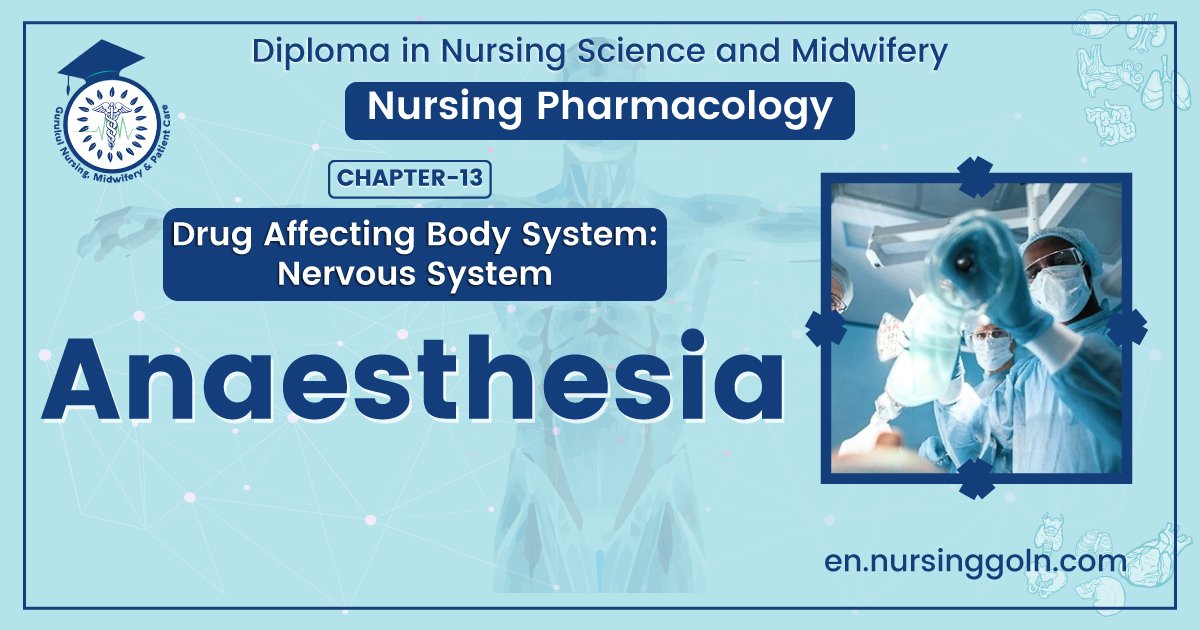Concept About Anaesthesia – This book covers the entire syllabus of “Pharmacology” prescribed by BNMC- for diploma in nursing science & midwifery students. We tried to accommodate the latest information and topics. This book is an examination setup according to the teachers’ lectures and examination questions.
At the end of the book, previous questions are given. We hope in touch with the book students’ knowledge will be upgraded and flourish. The unique way of presentation may make your reading of the book a pleasurable experience.

Concept About Anaesthesia
Reversible loss of sensation and consciousness is called anaesthesia.
Anaesthetics
Anaesthetics are the agents that induce loss of pain and sensation along with loss of reflexes.
Properties of an ideal anaesthetic drug:
- Should induce anaesthesia smoothly.
- Permits rapid induction and rapid recovery.
- Should have a wide margin of safety.
- Should be devoid of adverse effects.
No single anaesthetic drugs can fulfil the criteria mentioned above, therefore in modern practice of anaesthesia most commonly involves the use of combination of drugs.

A common procedure should be:
A. Thiopentone: to produce unconsciousness rapidly (with an intravenous induction agent).
B. Nitrous oxide & halathane: to maintain unconsciousness & produce analgesia (with one or more inhalation agent).
C. Tubocurarine: to produce muscle paralysis (with a neuromuscular blocking drugs)

Types of anaesthetics
A. Local anaesthetics (L.A)
B. General anaesthetics (G.A)
Anesthesia or anaesthesia is a state of controlled, temporary loss of sensation or awareness that is induced for medical or veterinary purposes. It may include some or all of analgesia (relief from or prevention of pain), paralysis (muscle relaxation), amnesia (loss of memory), and unconsciousness. An individual under the effects of anesthetic drugs is referred to as being anesthetized.
Read more:
